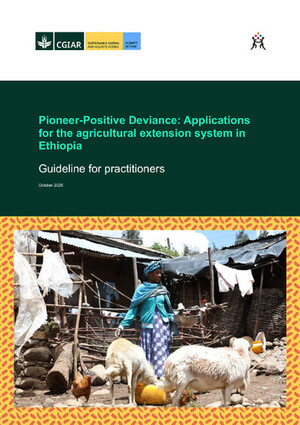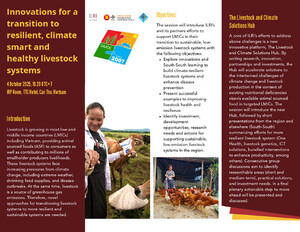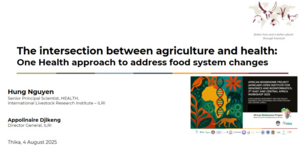
Genetic Diversity, Population Structure and Subset Development in a Sesbania sesban Collection
Abstract
Sesbania sesban (L.) Merr. is a multipurpose legume tree grown primarily for fodder and forage in the tropical and subtropical world. In this study, the Sesbania sesban collection maintained in the International Livestock Research Institute (ILRI) forage Genebank was studied using genome-wide markers generated on the DArTseq platform. Genotyping produced 84,673 and 60,626 SNP and SilicoDArT markers with a mean polymorphic information content of 0.153 and 0.123, respectively. From the generated markers, 7587 and 15,031 highly informative SNP and SilicoDArT markers, respectively, were filtered and used for genetic diversity analysis and subset development. Analysis of molecular variance (AMOVA) revealed higher variability ‘within’ (52.73% for SNP markers and 67.36% for SilicoDArT markers) than ‘between’ accessions. Hierarchical cluster analysis showed the presence of four main clusters in the collection. Mantel correlation analysis showed a lack of relationship between genetic variation of the germplasm and their geographical origin. A representative subset of 34 accessions containing germplasm from diverse origins and agro-ecologies was developed using SNP markers. The genetic diversity information generated in this study could be used for marker-assisted screening for stress tolerance, gap analysis and identification and acquisition of new distinct genotype(s) to broaden the genetic basis of the collection for future improvement programs to develop high-yielding, stress-tolerant varieties for enhancing food and environmental security in crop–livestock-based production systems.
Citation
Negawo, A.T., Akinmade, H.O., Muktar, M.S.; Habte, E., Assefa, Y., Muchugi, A., Sartie, A.M. and Jones, C.S. 2023. Genetic Diversity, Population Structure and Subset Development in a Sesbania sesban Collection. Plants 2023, 12, 13










